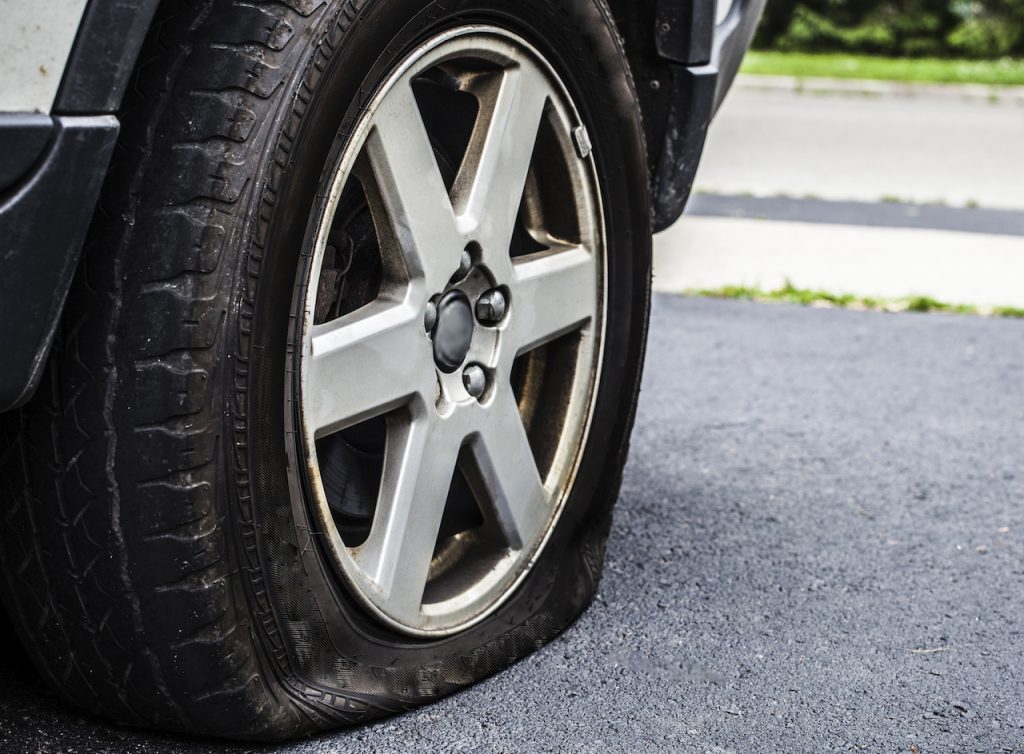When Is It Time To Replace My Tyres?
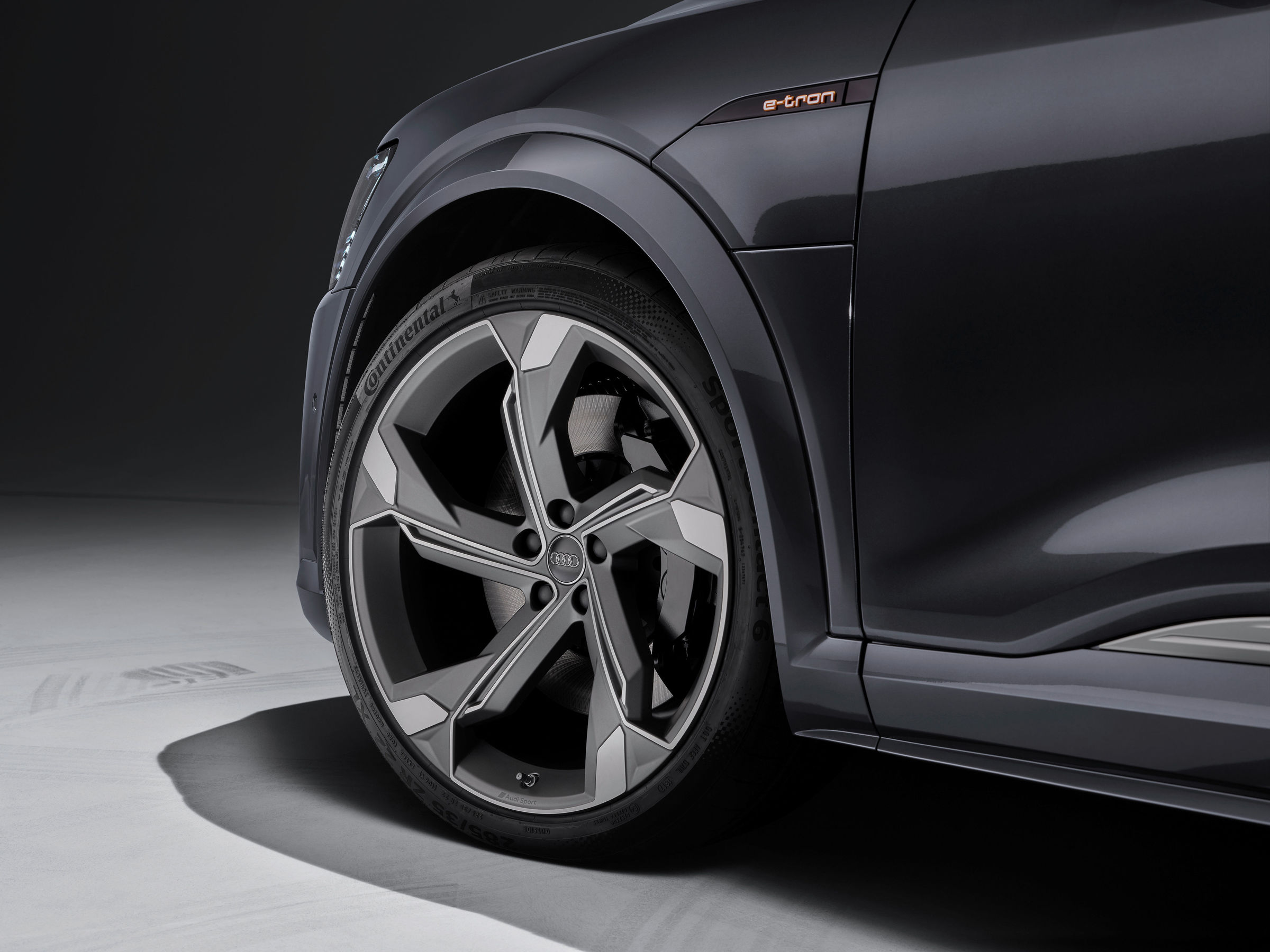
When was the last time the tyres on your pride and joy got some attention?
We often take it for granted, but it is always worth reminding ourselves from time to time that the four tyres on the car are actually the only four contact points between the tonne of metal travelling at speed, and with the ground beneath it.

Furthermore, much like most components on a car, tyres are consumable items too. Meaning that while tyres are designed to last a fairly long time, they obviously don’t have a lifetime guarantee on them.
Having said that then, when does one know that it is time to treat your car to a new set of rubber boots? Handily, down below are three simple guidelines to help you make that decision.
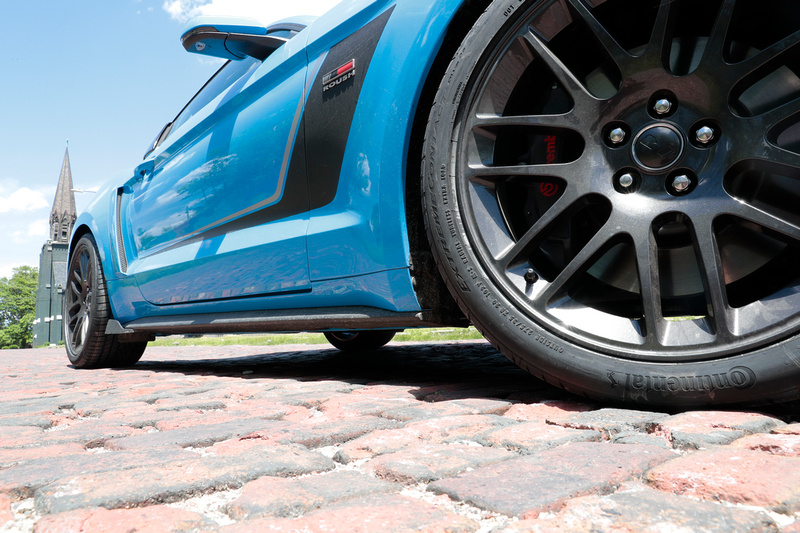
Threadwear
Perhaps the easiest indicator on when to fit new tyres would be to look at the amount of thread left on the existing ones. For reference, the minimum thread depth a tyre should have is 1.6 mm.
To know if the thread depth on the existing tyres is still within this tolerance without a tyre depth gauge handy, look out for the indicator bars embedded between the tread ribs. If these squiggly lines are still not flush with the tread, the tyres are still good.
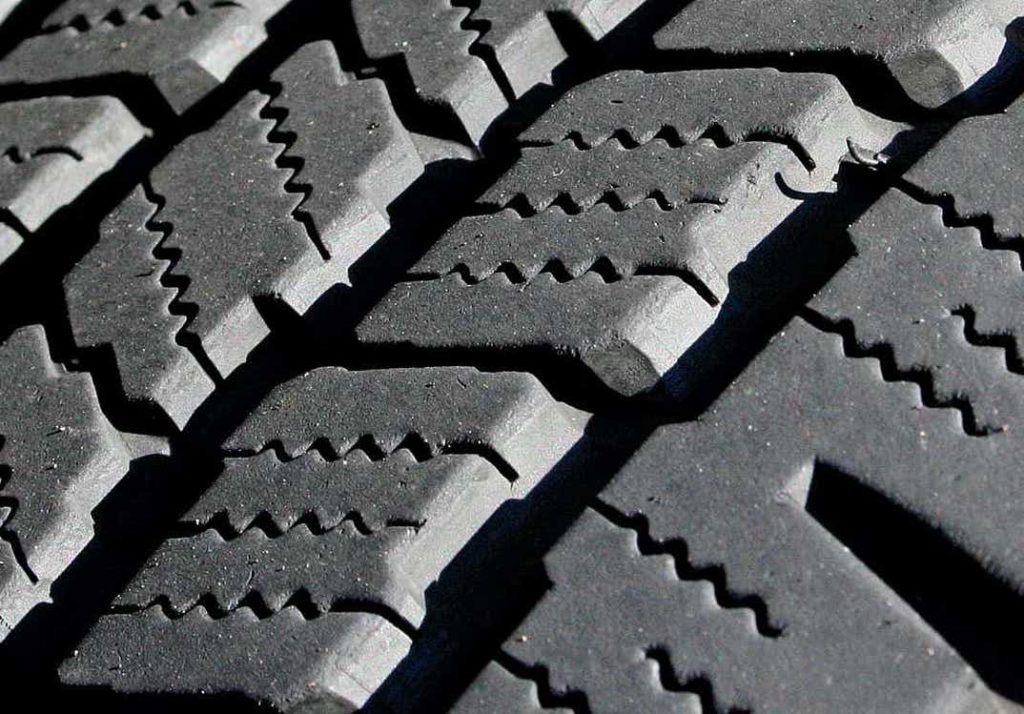
Alternately, there is also the handy mechanic’s trick of using a 20-sen coin as a makeshift tyre depth gauge. Simple insert an old-style 20-sen coin into the tyre groove, and if the word ‘sen’ isn’t visible, it is high time to get some new tyres.
While it is perhaps common knowledge already, it is still worth repeating that driving on bald tyres is dangerous. This is especially true on wet roads, as bald tyres with no thread can’t channel water away effectively, which therefore increases the chance of aquaplaning and skidding.
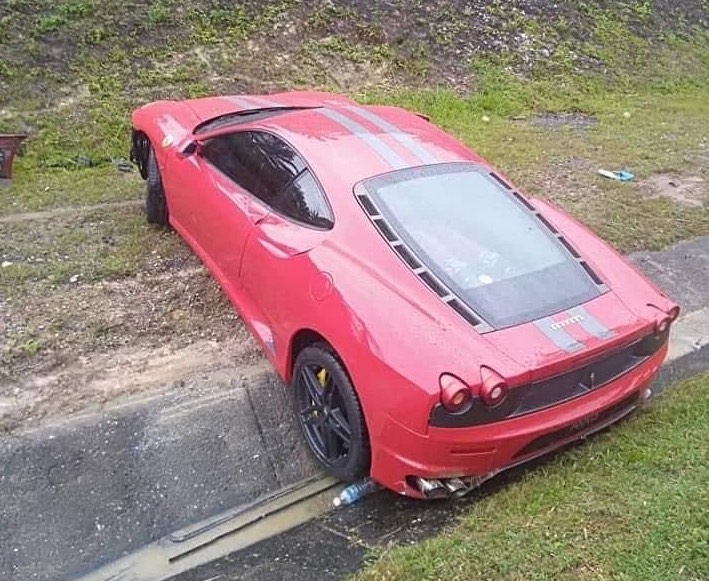
Tyre Age
Tyres are not like a regular oil change with a set service intervals. Moreover, due to the difference in driving style and use of the vehicle that varies from car to car, it is hard to pinpoint an exact date for a tyre change.
Nevertheless, many in the industry have often said that five years is perhaps a reasonable time to consider shopping for some new tyres. It is also strongly recommended to swap out your existing tyres for a new set if they are over 10 years of age, as a precaution.
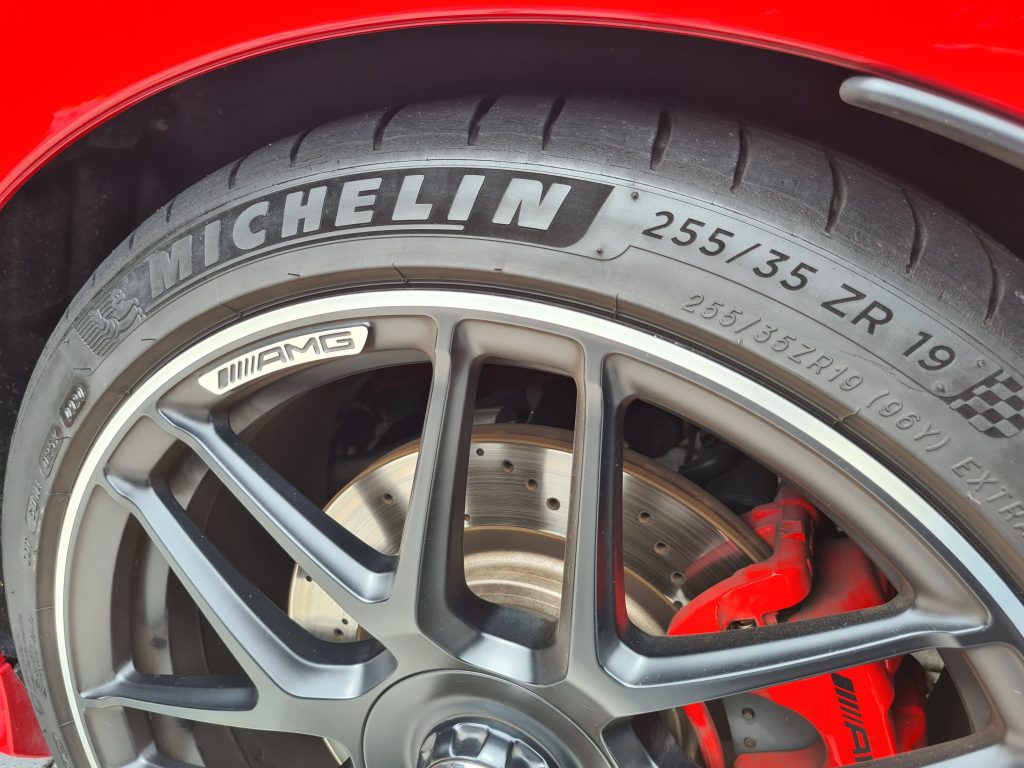
Damage
This should goes without saying, but a damaged tyre should be swapped out for an undamaged tyre as soon as possible. A damaged tyre could come as a result of hitting a kerb or a pothole, or even just through extended period of use.
As for how to know if one’s tyre is damaged, look out for any signs of bulges or blisters on the sidewall of the tyre. Any unnatural cracks and splits tyre surface would also be signs to indicate a damaged tyre.
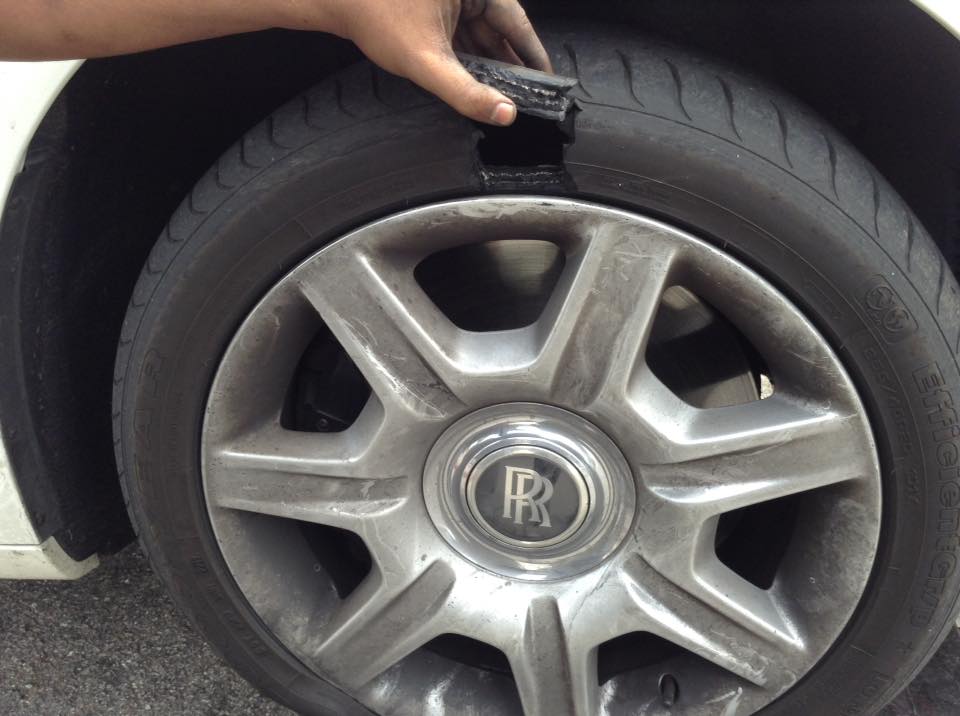
Most obviously too, if the tyre doesn’t hold air for a significant amount of time, tyre has sustained some damage and has developed a slow puncture. Therefore, it would be best to get this damaged tyre either plugged up, or better yet changed entirely for a new one for that added peace of mind on the road.
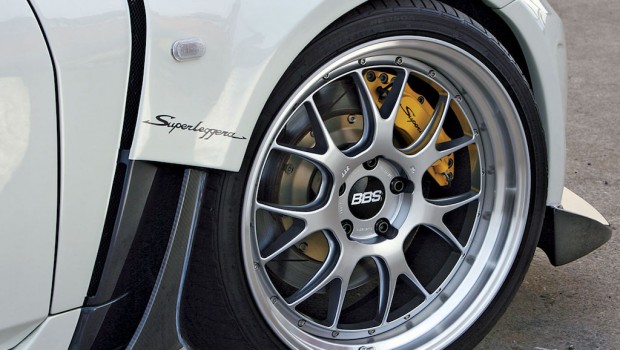
If you are still unsure, after reading these guidelines, on whether your car needs new tyres, it would be best to just take it to a reputable and reliable tyre shop to seek their counsel on this matter.
Additionally, while you are there, perhaps also consider paying a few bucks to have the alignment and balancing done. Even if no new tyres are needed, these simple adjustments make a big impact to the ride and handling of your car.
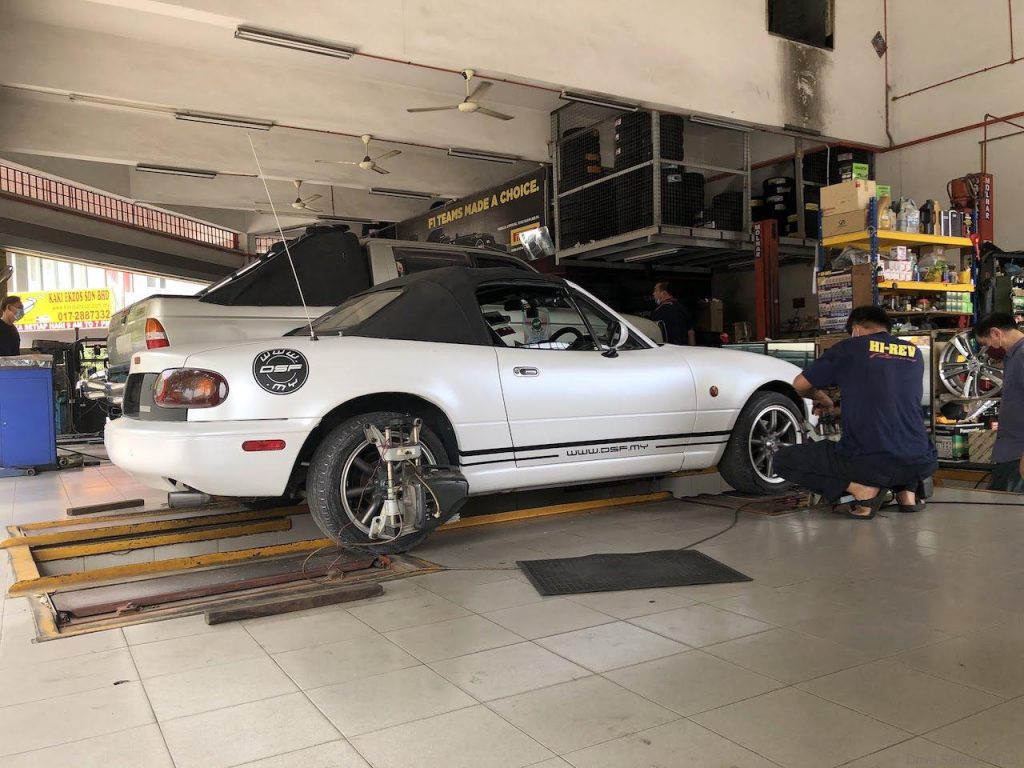
Also, while we are all focusing on the four tyres on each corner, it is worth also sparing some time to give the spare tyre some attention too. After all, you never know when it will come into use. So it is prudent to keep it in tip-top shape when the unthinkable occurs.
